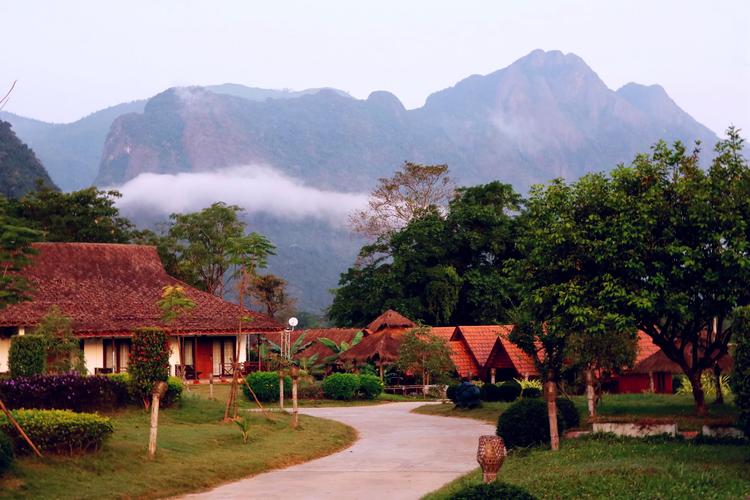Exposure plays a significant role in photography. Without it, your images would be dull and lackluster. However, mastering exposure is easier said than done. In this ultimate guide, we will explore everything you need to know about exposure in photography.
What is exposure in photography?
Exposure in photography is the amount of light that enters the camera. It determines how bright or dark your images will be. Exposure is largely dependent on three elements; shutter speed, aperture, and ISO.
Shutter speed: This refers to the amount of time the camera shutter stays open. A slow shutter speed allows more light into the camera, resulting in brighter images, while a fast shutter speed limits the amount of light, resulting in darker images.
Aperture: This refers to the opening in the lens through which light enters. A wide-open aperture allows more light, while a narrow aperture restricts the light. The aperture also affects the depth of field, which determines the amount of focus on the subject.
ISO: This refers to the camera’s sensitivity to light. A higher ISO makes the camera more sensitive to light, producing brighter images, and vice versa.
Controlling Exposure
To control exposure, you need to balance the three elements mentioned above. The aim is to get the right amount of light, not too much or too little. If you have too much light, your images will be overexposed and will appear washed out. On the other hand, too little light will result in underexposed images and lack details.
Exposure modes
There are several exposure modes that photographers can use to control exposure, including:
Manual mode: This mode allows photographers to manually control all three elements – shutter speed, aperture, and ISO. It gives them full control over the scene and how they want to capture it.
Aperture priority mode: In this mode, the photographer selects the aperture, while the camera automatically selects the matching shutter speed and ISO. It is ideal for controlling the depth of field in an image.
Shutter priority mode: In this mode, the photographer selects the shutter speed, while the camera selects the matching aperture and ISO. It is ideal for capturing motion while still controlling exposure.
Program mode: In this mode, the camera selects the aperture and shutter speed, while the photographer has control over the ISO.
Conclusion
Understanding exposure in photography is essential for producing high-quality images. It involves balancing shutter speed, aperture, and ISO to get the right amount of light. Different exposure modes give photographers control over the elements. By mastering exposure, photographers can capture stunning images that truly stand out.
(Note: Do you have knowledge or insights to share? Unlock new opportunities and expand your reach by joining our authors team. Click Registration to join us and share your expertise with our readers.)
Speech tips:
Please note that any statements involving politics will not be approved.
